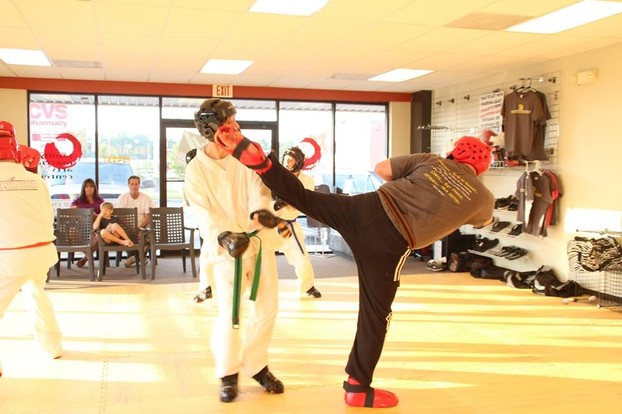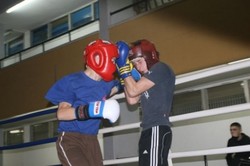I remember it well. How could I forget? I was heavily into my martial arts training, there at the Dojo, and I was into some heated sparring. He grabbed me, we grappled, he brought me to the mat and, on the way down, my shoulder came out of socket.
Ouch!
I was on my back, I couldn't move my arm, I was hurting. An instructor sat next to me, grabbed my wrist, and carefully pulled my shoulder back into socket.
Needless to say, I had to take a rest.
But when it comes to a shoulder dislocation, you are never the same. The pain recurs and, if you are still performing strenuous activity, the shoulder can dislocate again. You really have to modify what you do to prevent re-injury.
However, it is possible to rehabilitate your shoulder.






 Why Are My Veins So Visible?on 07/15/2020
Why Are My Veins So Visible?on 07/15/2020
 Should Female Backpackers Go on their Own? Why or Why Not?on 07/15/2020
Should Female Backpackers Go on their Own? Why or Why Not?on 07/15/2020
 Why Do BPD Women Lie?on 07/15/2020
Why Do BPD Women Lie?on 07/15/2020
 Why Do My Joints Hurt?on 07/15/2020
Why Do My Joints Hurt?on 07/15/2020


Comments